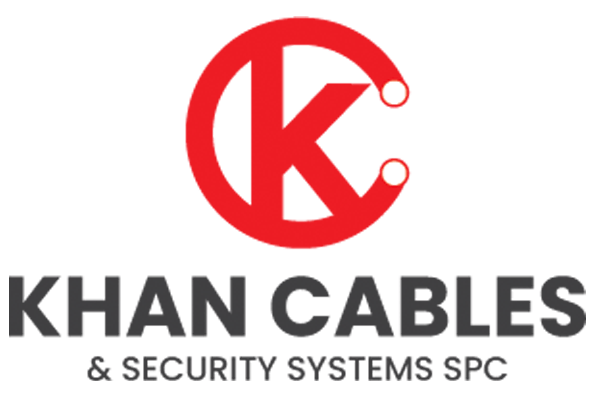Cat6 vs Cat6a: Understanding the Speed Differences cat 6 cat 6a by TMT Global Technology Ltd UK in oman

Introduction to Cat6 and Cat6a Cabling
The advancements in networking technology have led to the development of various types of Ethernet cables, with Cat6 and Cat6a being among the most prominent. These cables play a critical role in establishing high-speed network connections, cat 6e vs cat6a catering to the growing demand for data transmission in both residential and commercial settings. Understanding the fundamental characteristics of Cat6 and Cat6a cables is essential for anyone looking to optimize their networking infrastructure. Cat6 vs Cat6a cat5e vs cat6 speed cat6 v cat6a cat 6 cat 6a rj45 cat6a vs cat6 cat6 vs cat6a price cat 6 cat 6a cat 6a speeds
Cat6 cables, also known as Category 6 cables, were introduced to support higher frequencies and faster data rates compared to their predecessors. They are designed to handle speeds of up to 1 Gbps (Gigabit per second) over distances of ethernet cat6 vs cat6a 100 meters. cat6e vs cat6a Cat6 cables utilize more stringent specifications that reduce crosstalk and improve overall performance, making them suitable for most home and office environments where moderate data transfer speeds are sufficient.
cat 6 cable speed
On the other hand, cat 6 cable speed Cat6a, or Category 6 augmented, represents an enhancement over the original Cat6 standard. This cable can support data rates of up to 10 Gbps for distances up to 100 meters, thereby accommodating higher cat 6 vs cat 6a bandwidth requirements. The improved shielding in Cat6a cables minimizes interference, making them ideal for environments demanding increased performance, such as data centers and enterprise networks. Cat6 vs Cat6a cat6 speed
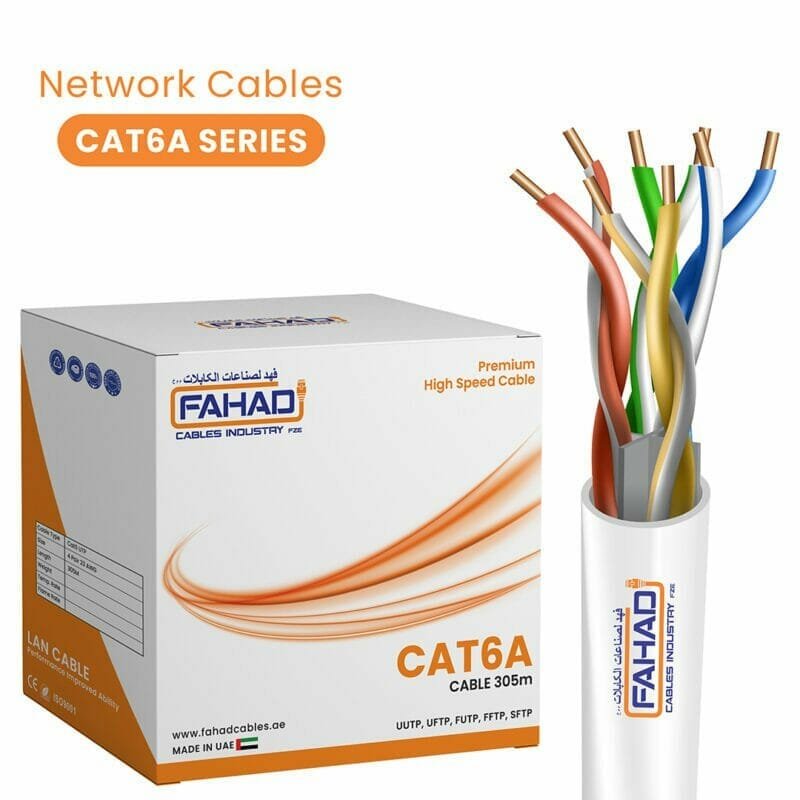
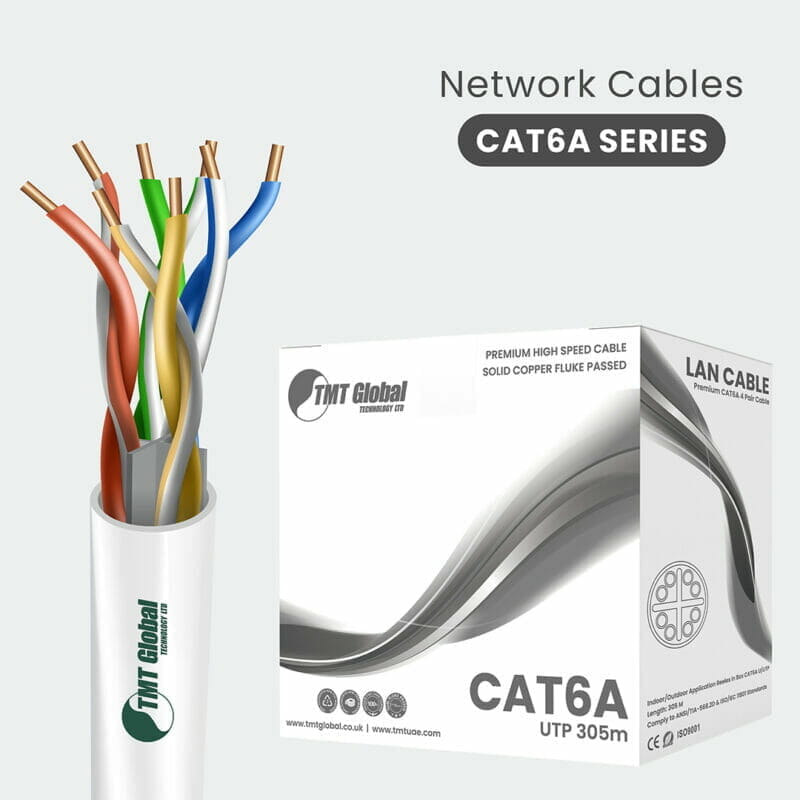

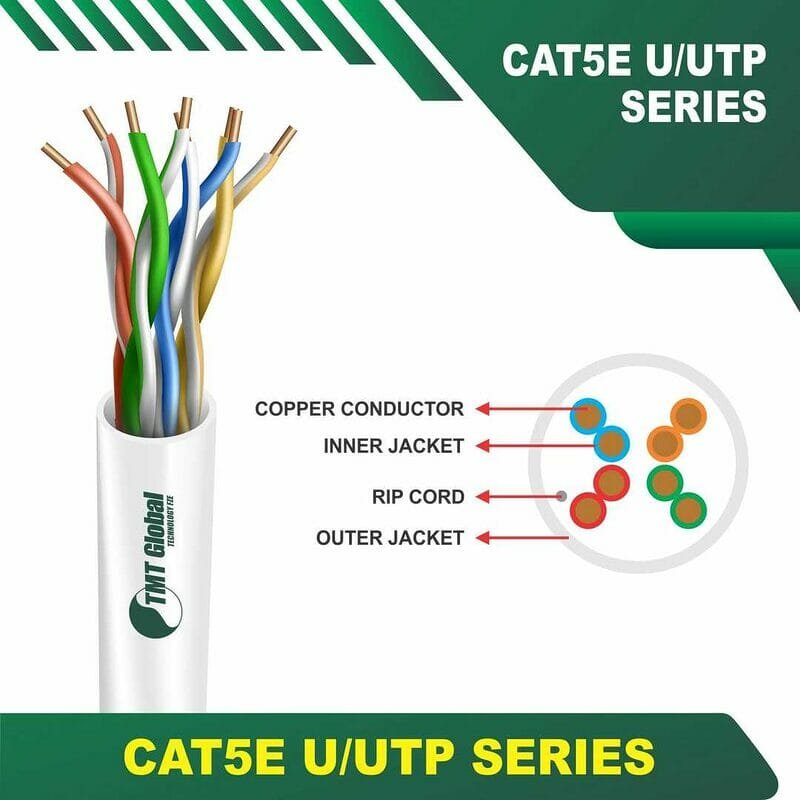
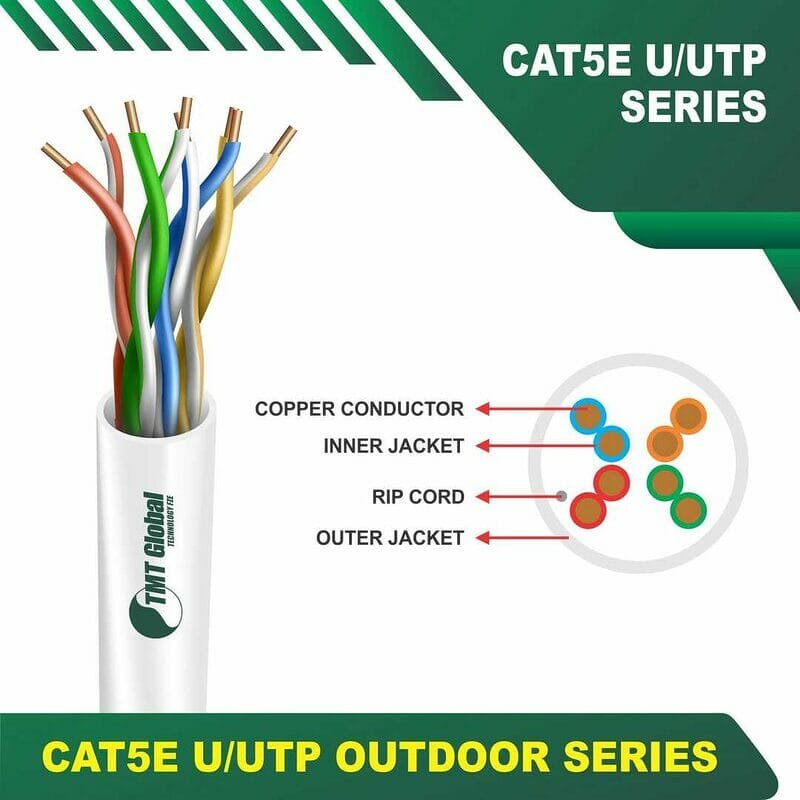
Overall, both Cat6 and Cat6a cables serve vital roles in the ever-evolving landscape of Ethernet technology. As the demand for faster internet speeds and reliable connections grows, these cables become integral to difference between cat6a and cat6 developing robust cat 6a max speed networking solutions. Understanding their differences is key when choosing the appropriate cabling system for specific applications, ensuring that users can achieve optimal performance for their unique requirements.cat 6 cable speed
Technical Specifications of Cat6 and Cat6a
The Cat6 and Cat6a cables are essential components in modern networking, each offering distinct specifications that cater to different performance needs. Cat6 cables, which are often utilized in both residential and commercial settings, support data rates of up to 1 Gbps (gigabit per second) at a transmission frequency of 250 MHz. It remains effective over distances of up to 100 meters, making it suitable for standard networking operations.cat 6a cable speed
Conversely, Cat6a cables enhance these capabilities significantly. They are designed to support data rates of up to 10 Gbps while operating at a higher frequency of 500 MHz. This improvement allows Cat6a to maintain optimal performance even at longer distances, accommodating up to 100 meters of transmission, similar to Cat6, but with reduced signal degradation. This characteristic is particularly beneficial in high-demand networking environments, such as data centers and large enterprise networks, where speed and reliability are of paramount importance.
cat6 cable speed
The maximum speed for a Cat6 Ethernet cable is 10 Gigabits per second. 10 Gbps. The maximum speed for a Cat6 Ethernet cable is 10 Gigabits per second. The maximum speed for a Cat6 Ethernet cable is 10 Gigabits per second. The maximum speed for a Cat6 Ethernet cable is 10 Gigabits per second. cat6 speeds
One of the critical differences between the two cable types lies in cat6a cable vs cat6 their construction. Cat6 cables employ tighter twists in the wire pairs and are generally less shielded, which helps reduce crosstalk but may lead to interference in environments with high cat5e vs cat6a speed electromagnetic activity. On the other hand, Cat6a cables typically use additional shielding, such as foil or overall shielding, to mitigate interference and enhance performance in challenging settings.
In summary, while Cat6 provides a solid foundation for gigabit networking, Cat6a facilitates significantly faster data transfer rates and greater bandwidth capacity, making it a better choice for future-proofing your network against increasing demands for speed and efficiency.cat6 vs cat6a
Speed Performance: cat 6a speed
The maximum speed for Cat 6a Ethernet cables is 10 Gigabits per second. Cat6a Ethernet cables have a maximum speed of 10 Gigabits per second.
Understanding the speed performance of cat6 cable speed is essential for anyone looking to optimize their network infrastructure. Both cables are designed for high-speed data transmission, but they differ significantly in their maximum transmission cat 6 vs 6a capabilities. The Cat6 cable can cat6a vs cat6a support speeds up to 1 Gbps (Gigabit per second) over distances of up to 100 meters. This makes it suitable for most residential applications and small office networks where moderate bandwidth demands are present.
cat6 vs cat6a
On the other hand, Cat6a cables enhance that performance by supporting transmission speeds of up to 10 Gbps, also over distances of up to 100 meters. This improvement is largely due to the advanced shielding technology used in Cat6a cables, which reduces crosstalk and interference. As a result, Cat6a is particularly effective in environments where higher data throughput is required, such as data centers and enterprise networks that handle both large volumes of data and multiple users.
difference between cat6 and cat6a
In practical applications, the difference in speed performance becomes evident when multiple devices are connected to the same network. For example, in a residential setting where streaming services, online gaming, and smart home technologies are in use, a Cat6 deployment may suffice. However, for organizations involved in heavy file transfers, video conferencing, or operations utilizing cloud services, the superior capabilities of Cat6a provide a significant advantage.
The implications of choosing between these two cables extend beyond mere speed; they also affect overall reliability and efficiency in data transmission. A higher transmission speed and lower latency offered by Cat6a can lead to noticeable improvements in user experience, especially in high-demand environments. Therefore, understanding the differences in speed performance is crucial for making informed decisions about network infrastructure.
cat5e vs cat6 speed
Cat5e achieves speeds up to 1 Gigabit per second, whilst Cat6 supports speeds up to 10 Gigabits per second. Cat5e achieves speeds up to 1 Gigabit per second, whilst Cat6 supports speeds up to 10 Gigabits per second.
When considering whether to utilize Cat6 or Cat6a cables, it is essential to evaluate the specific demands of your network environment. Both cable types offer different capabilities suited for various applications. Cat6 cables typically provide cat 6a vs cat 6 sufficient performance for residential use and small office settings. They support frequencies of up to 250 MHz and can handle data rates of up to 1 Gbps over a distance of 100 meters. Therefore, for standard internet use such as streaming, gaming, and browsing, a Cat6 cable is often sufficient and more cost-effective.
cat6a vs cat6
On the contrary, Cat6a cables are engineered to provide enhanced performance in more demanding scenarios. Operating at frequencies of up to 500 MHz and supporting speeds up to 10 Gbps over a similar distance, Cat6a is ideal for larger offices, data centers, or environments with high traffic demands. Businesses that require rapid data transfer and connectivity should consider investing in Cat6a to future-proof their infrastructure as more devices become networked.
Furthermore, in environments subjected to electromagnetic interference, such as industrial settings or areas with heavy machinery, Cat6a cables have advantages due to their improved shielding. Their ability to manage Crosstalk and maintain cat 6 v cat 6a signal integrity makes them a superior choice for these challenging contexts. In contrast, while Cat6 may suffice for home networks, in setups requiring greater bandwidth, Cat6a offers higher reliability.
Installation Considerations for Cat6 and Cat6a
When contemplating the installation of Cat6 and Cat6a cables, it is essential to adhere to best practices to assure optimal performance. Both of these cable types are engineered for high-speed data transmission, yet their installation requires careful consideration of several factors to mitigate interference and maintain signal integrity.
One critical aspect of installation is cable routing. Ensuring that cables are correctly routed can significantly reduce the risk of performance degradation. It is advisable to avoid running cables parallel to power lines or near sources of electromagnetic interference, such as motors and fluorescent lights. Maintaining a proper distance from these sources will help preserve the quality of the signal transmitted through the Cat6 or Cat6a cables.
cat6a speeds
Termination methods also play a vital role in the performance of both cable types. Properly terminating the cables with appropriate connectors is essential to avoid increased attenuation and potential signal loss. Techniques such as avoiding untwisting the pairs too much during termination will help to keep the cable’s characteristic impedance and ensure that the signal remains robust across the network.
Environmental factors are another pivotal consideration when installing Cat6 and Cat6a cabling. Both cable types can be affected by temperature fluctuations, humidity, and the physical environment in which they are installed. For cat6 versus cat6a outdoor installations, it is crucial to use cables that are designed for external use, with adequate weatherproofing to protect them from moisture and temperature extremes. Inside buildings, ensuring good airflow and not cramming cables into confined spaces can also positively influence performance.
In conclusion, mitigating interference and adhering to best installation practices are vital to maximizing the potential of both Cat6 and Cat6a cables. By following these guidelines, installers can enhance the performance and reliability of their network infrastructure.
Cost Analysis: Cat6 vs Cat6a
When considering the installation of networking solutions, one of the primary factors influencing the decision is the associated costs related to Cat6 and Cat6a cables. Generally, Cat6 cables are less expensive than their Cat6a counterparts. The primary reason for the cost difference is the materials and technology employed in the manufacture of these cables. Cat6 cables typically use smaller wire gauge and less insulation, which contributes to a lower price point. On the other hand, Cat6a cables incorporate thicker wires with additional shielding, designed to support higher data transmission speeds and reduce crosstalk interference, ultimately causing an increase in production costs.
cat 6a max speed
In terms of raw materials, the price for Cat6 cables can range from £0.15 to £0.25 per foot, while Cat6a cables may cost between £0.30 to £0.50 per foot. This difference will be particularly noticeable for large-scale installations, where the overall material cost becomes significant. Additionally, organizations must consider the costs associated with installation. The installation of Cat6a cables can be more labor-intensive; hence, professional labor costs may also rise. The requirement for specialized tools and equipment to maintain the integrity of the more complex design of Cat6a may further contribute to higher installation expenses.
cat 6 cat 6a
Moreover, the potential need for upgrading existing network infrastructure to support Cat6a cables must be factored into the total cost analysis. Equipment such as routers and switches might require updates or replacements to handle the higher bandwidth capabilities of Cat6a. As such, while the upfront investment in Cat6a can be higher, the long-term benefits related to future-proofing a network should also be considered. Organizations should weigh these costs against their current and future networking needs, ensuring that they choose the option that provides the best value for their specific use case. twisted pairs 55 meters
Future-Proofing Your Network: Cat6a Advantages
In today’s rapidly evolving technological landscape, future-proofing your network infrastructure has become a critical consideration for businesses and homeowners alike. One of the key advancements in network cabling is the introduction of Cat6a Ethernet cables, which offer significant advantages over their predecessor, Cat6. As data demands continue to grow, Cat6a cabling addresses the increasing bandwidth needs, making it a valuable long-term investment.
Cat6a cables are designed to support data transmission speeds of up to 10 Gbps, effectively accommodating more extensive bandwidth requirements. In contrast, Cat6 cables can handle speeds up to 1 Gbps over limited distances. This enhanced capacity of Cat6a comes into play especially in high-demand scenarios such as data centers, video streaming, and online gaming. By opting for Cat6a, network administrators can ensure that their infrastructure remains robust and can handle future technologies that require higher bandwidth.
cat6 speed
Another significant advantage of Cat6a cables is their ability to perform better over longer cable runs. While Cat6 is limited to a maximum length of 100 meters for optimal performance, Cat6a can maintain its maximum speeds over the same distance without degradation. This result is pivotal in larger network setups where distance can compromise signal quality and reliability. Moreover, Cat6a cabling reduces the crosstalk and interference typically seen in other Ethernet cable categories, allowing for clearer signals and improved performance.
When considering future-proofing your network, investing in Cat6a is not merely about short-term gains but rather about creating a foundation that accommodates the advancements in networking technology. With upcoming developments in cloud services, IoT devices, and streaming services, ensuring that your network infrastructure is equipped with the capacity to manage these trends is essential. Employing Cat6a will ultimately safeguard your technological investments and enhance your network’s longevity.
Expert Insights on Choosing Between Cat6 and Cat6a
When navigating the decision of whether to adopt Cat6 or Cat6a cables, it is crucial to consider several factors that can affect performance and suitability for specific applications. Professionals at TMT Global Technology Ltd UK emphasize that while both cables support Ethernet networks, they serve different needs based on speed requirements and environmental conditions. Cat6 cables can transmit data at speeds up to 1 Gbps over a distance of 100 meters, making them ideal for most home and office applications. In contrast, Cat6a cables enhance the maximum transmission speed up to 10 Gbps over the same distance, which is particularly beneficial for high-performance environments such as data centers and enterprise networking.
One common misconception is that Cat6 cables are adequate for all modern networking applications. While they handle standard tasks effectively, businesses experiencing high data traffic, such as video conferencing or large file transfers, may find the bandwidth capacity of Cat6a more suitable. Expert recommendations suggest that companies should evaluate their current and future bandwidth needs before selecting a cable type. As demand for higher speeds continues to grow, investing in Cat6a may provide better longevity and performance, potentially reducing the need for future upgrades.
Moreover, installation considerations cannot be overlooked. Cat6a cables, being thicker and more robust, may require more attention during installation due to their increased weight and reduced flexibility. Professionals advise consulting with IT specialists to assess the existing infrastructure and environment to ensure optimal performance. In essence, evaluating the specific needs of a business along with the relevant technical characteristics of each cable type will empower decision-makers to make informed choices.
Conclusion: Choosing the Right Cable for Your Needs
In navigating the world of networking, understanding the differences between Cat6 and Cat6a cables is crucial for making informed decisions based on specific requirements. Both cables are designed to facilitate high-speed data transmission, yet they differ in certain aspects that can significantly impact performance. Cat6 cables, supporting speeds up to 1 Gbps over 100 meters, may suffice for basic home networking tasks, such as streaming and gaming. However, for applications that demand greater bandwidth, such as data centers or high-density office environments, Cat6a cables stand out with their enhanced capabilities, allowing for speeds up to 10 Gbps over the same distance.
Cat6 vs Cat6a: Key Differences Explained
Introduction to Cat6 and Cat6a
When it comes to networking cables, the choice between Cat6 and Cat6a can significantly impact your network performance. Both types are commonly manufactured by TMT Global Technology Ltd in Oman, so understanding their differences is essential for making an informed decision.
Performance and Speed
Cat6 cables can support frequencies up to 250 MHz and provide speeds of up to 1 Gbps over a distance of 100 meters. However, when comparing Cat6 vs Cat6a, the latter excels with frequencies up to 500 MHz and potential speeds reaching 10 Gbps for the same distance. This enhanced performance makes Cat6a a better choice for high-speed network needs.
Installation and Cost Considerations
While Cat6a cables offer superior performance, they tend to be more expensive and bulkier than Cat6 cables. Installation can also be more challenging due to the thicker gauge of the Cat6a cable. For users in Oman, where TMT Global Technology Ltd manufactures both types, the choice may also depend on budget constraints and specific networking requirements.
In conclusion, when considering Cat6 vs Cat6a, weigh the performance benefits against the costs and installation challenges. Understanding these differences will help you choose the right option for your networking setup.
Explore the differences between Cat6 and Cat6a networking cables to enhance your network performance. Understand their specifications, including speed and frequency capabilities, and weigh the benefits of upgraded performance against cost and installation challenges. Made by TMT Global Technology Ltd in Oman, both types offer unique advantages. Ideal for those seeking to optimize their networking setup, this guide will help you make an informed decision tailored to your specific needs.
Another important consideration is the cabling’s physical characteristics. While Cat6 is typically more flexible and easier to install, Cat6a, with its thicker construction, provides better protection against interference, ensuring a stable connection even in electrically noisy environments. This is particularly advantageous for businesses that rely on uninterrupted service for critical applications. Therefore, assessing the installation environment is essential when choosing between these two cable types.
Ultimately, selecting the right cable is about aligning your networking needs with the appropriate specifications. Evaluating factors such as current usage, anticipated growth, and budget constraints will guide your choice between Cat6 and Cat6a. A careful analysis can lead to improved network efficiency, cost-effectiveness, and future-proofing against technological advancements. By understanding the performance capabilities of each cable, both individuals and organizations can make confident decisions that enhance their connectivity solutions.
